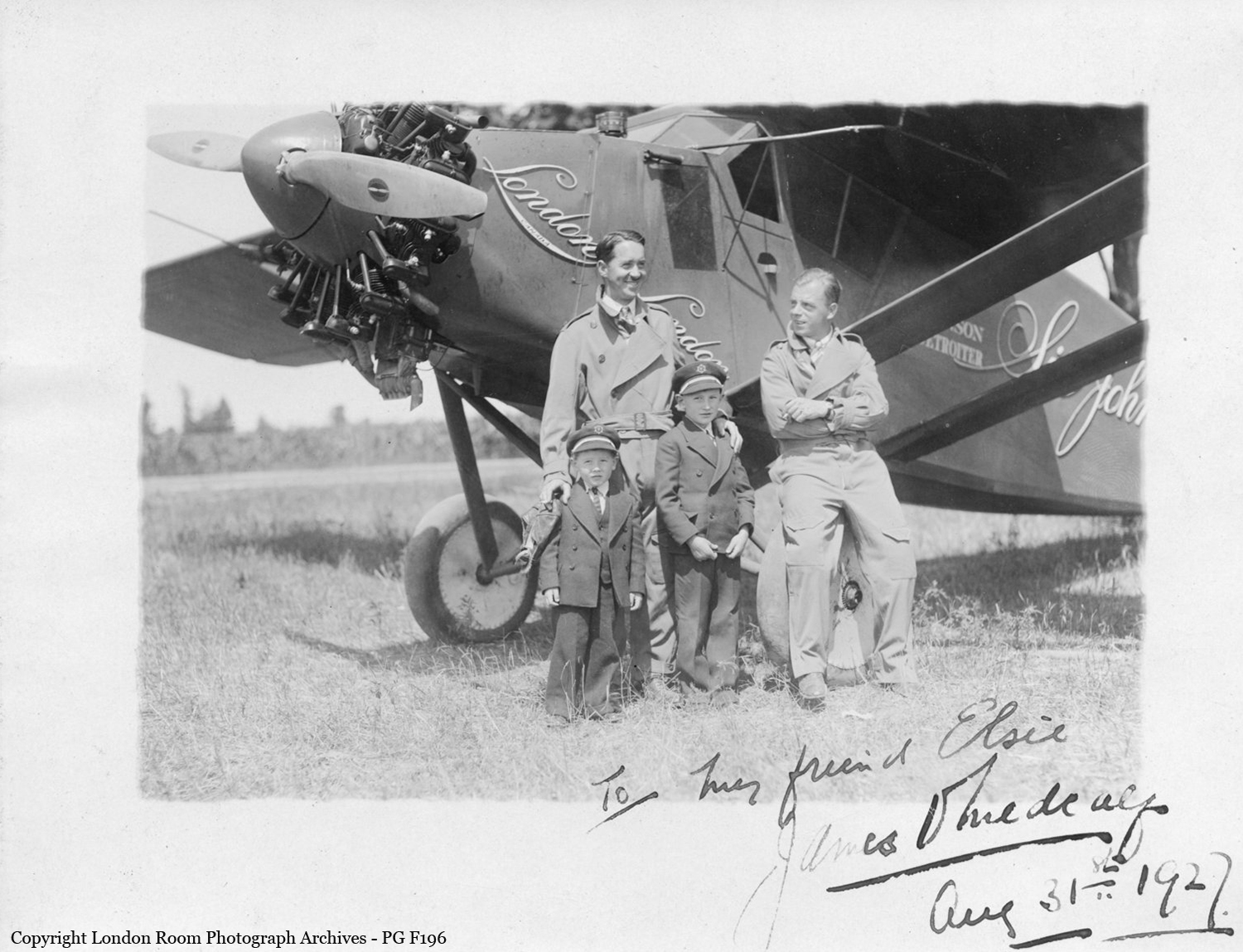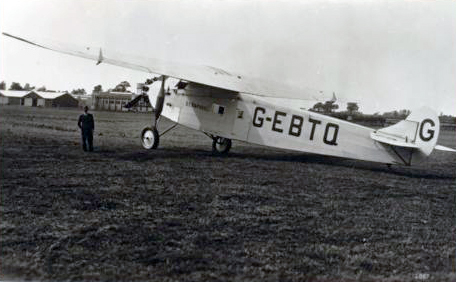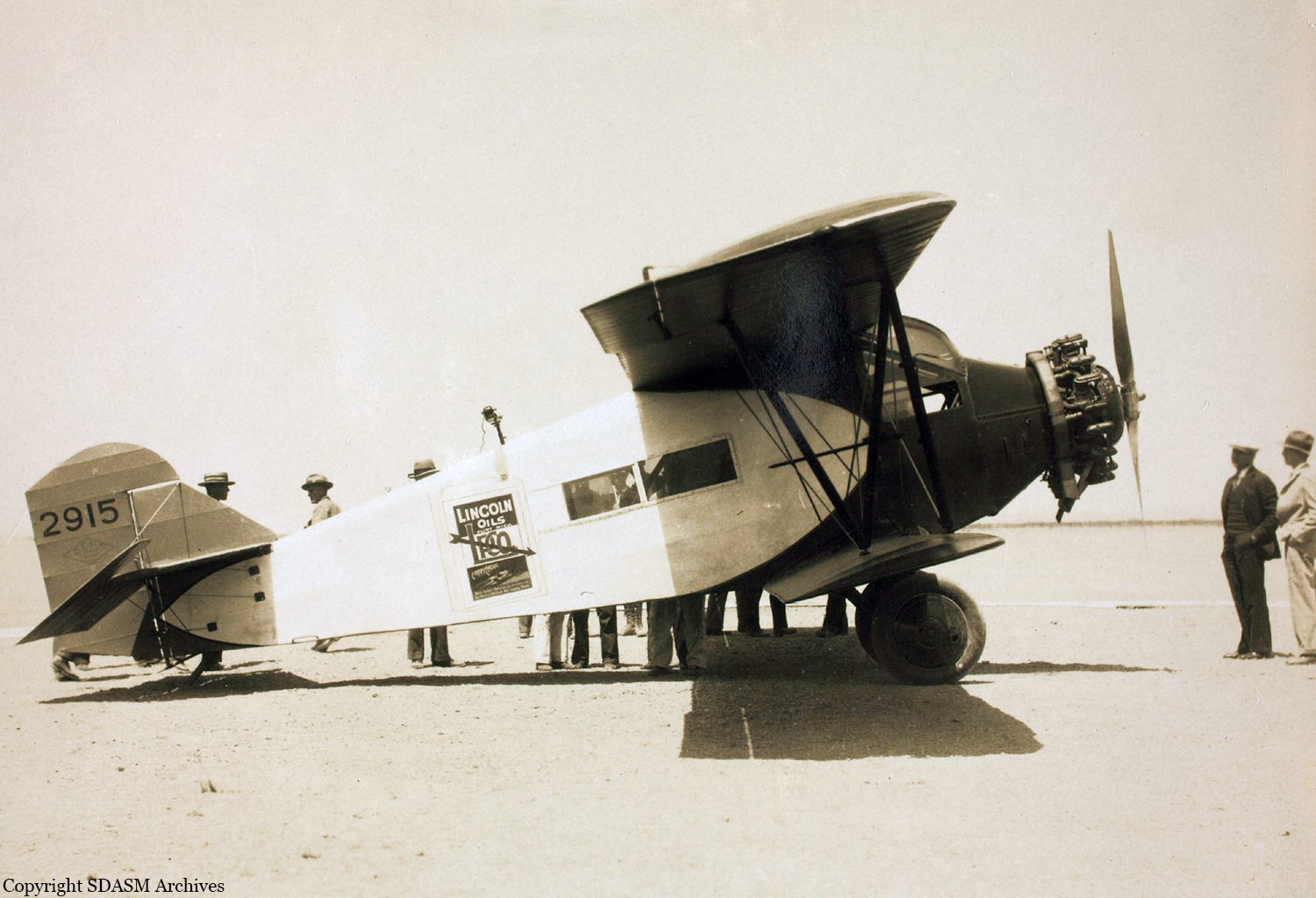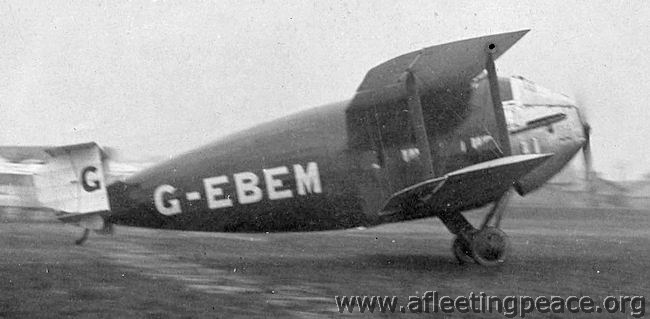Crash of a Stinson SM-1 Detroiter in the Atlantic Ocean: 2 killed
Date & Time:
Sep 7, 1927
Survivors:
No
Schedule:
London - Harbour Grace - London
Crew on board:
2
Crew fatalities:
Pax on board:
0
Pax fatalities:
Other fatalities:
Total fatalities:
2
Circumstances:
Named 'Sir John Carling', this Stinson Detroiter was owned by the Canadian company Carling Breweries that financed this nonstop transatlantic flight from London (Ontario) to London, UK. The crew consisted of both pilots Jerry Tully and Elsie James Medcalf. They departed London that day and made a technical stop in Harbour Grace, Newfoundland, before continuing to England. The aircraft disappeared en route and was never recovered.












